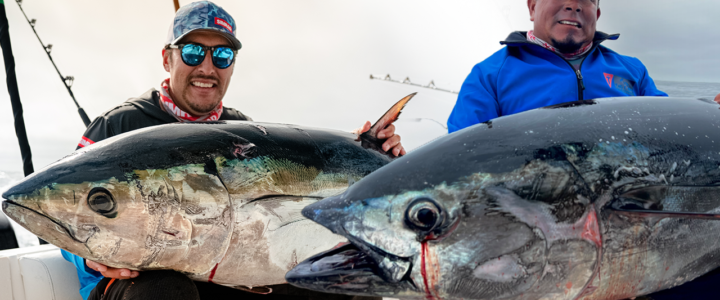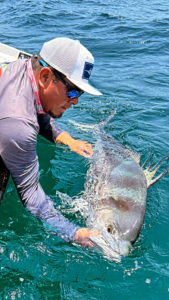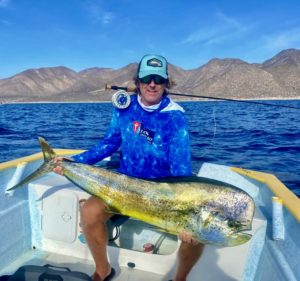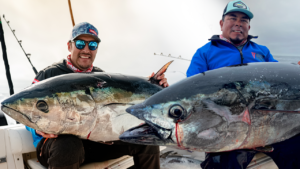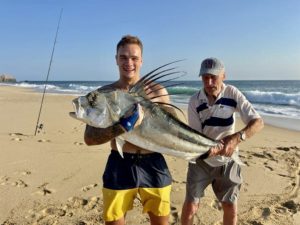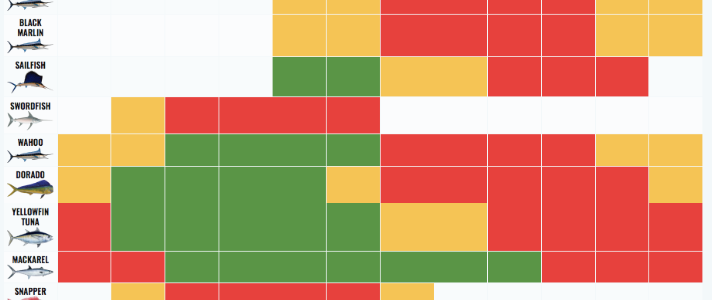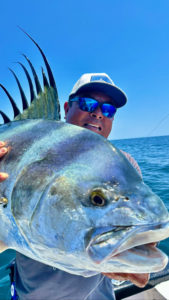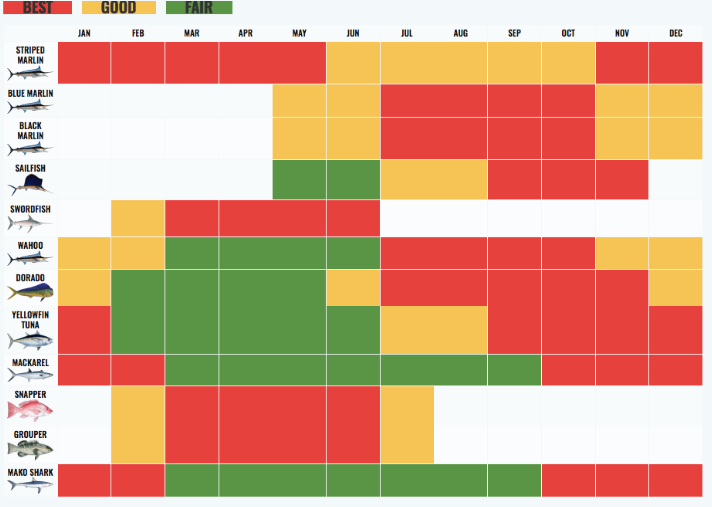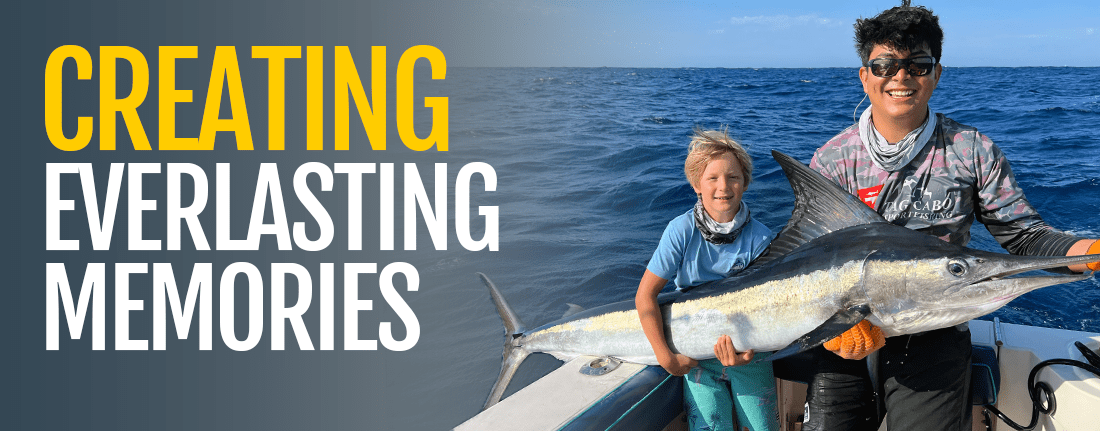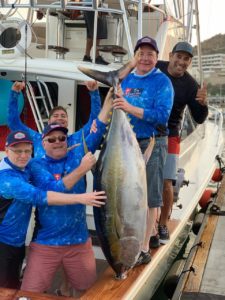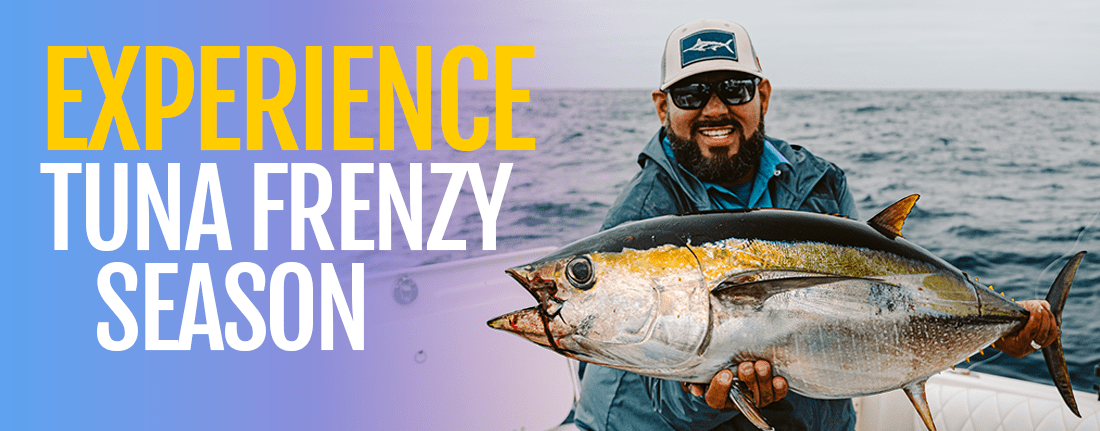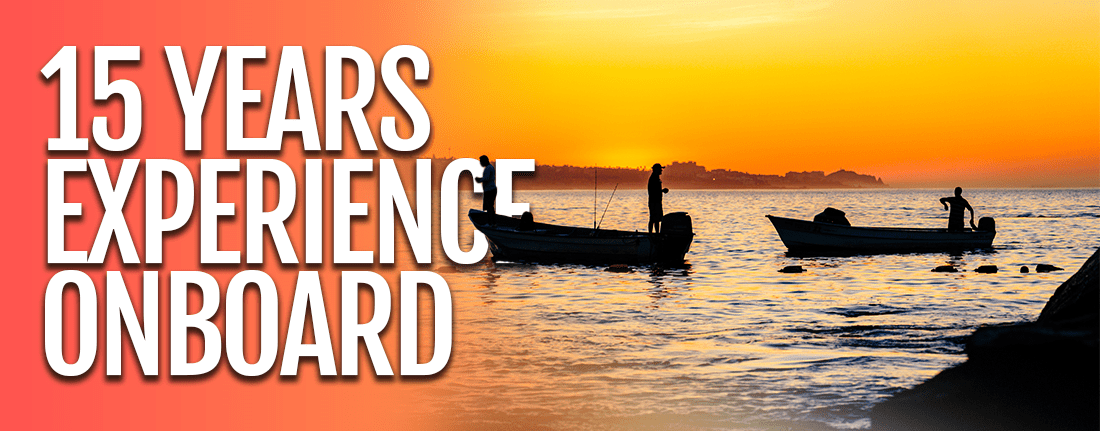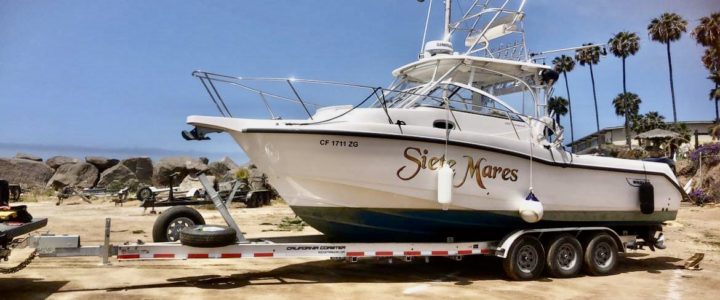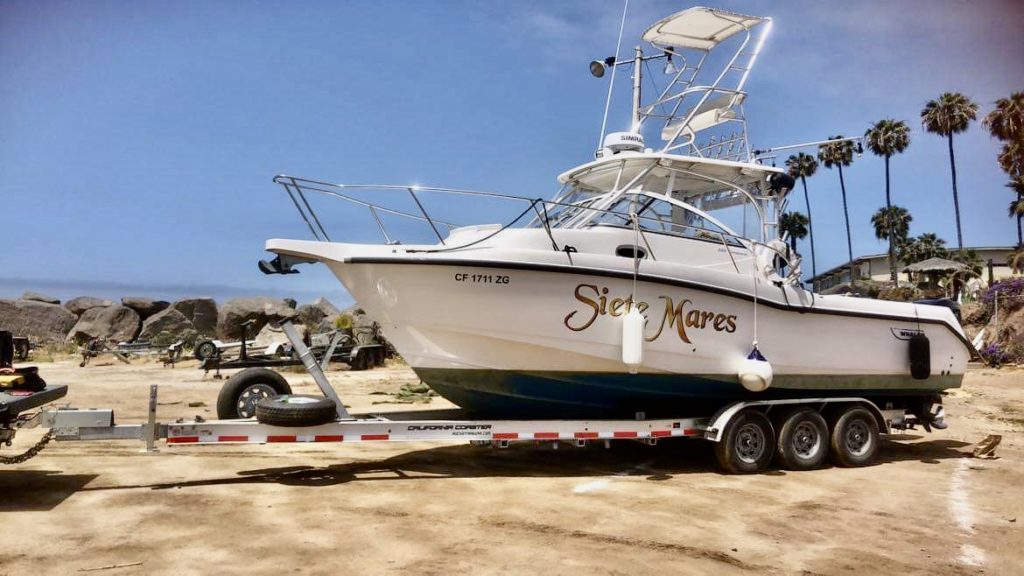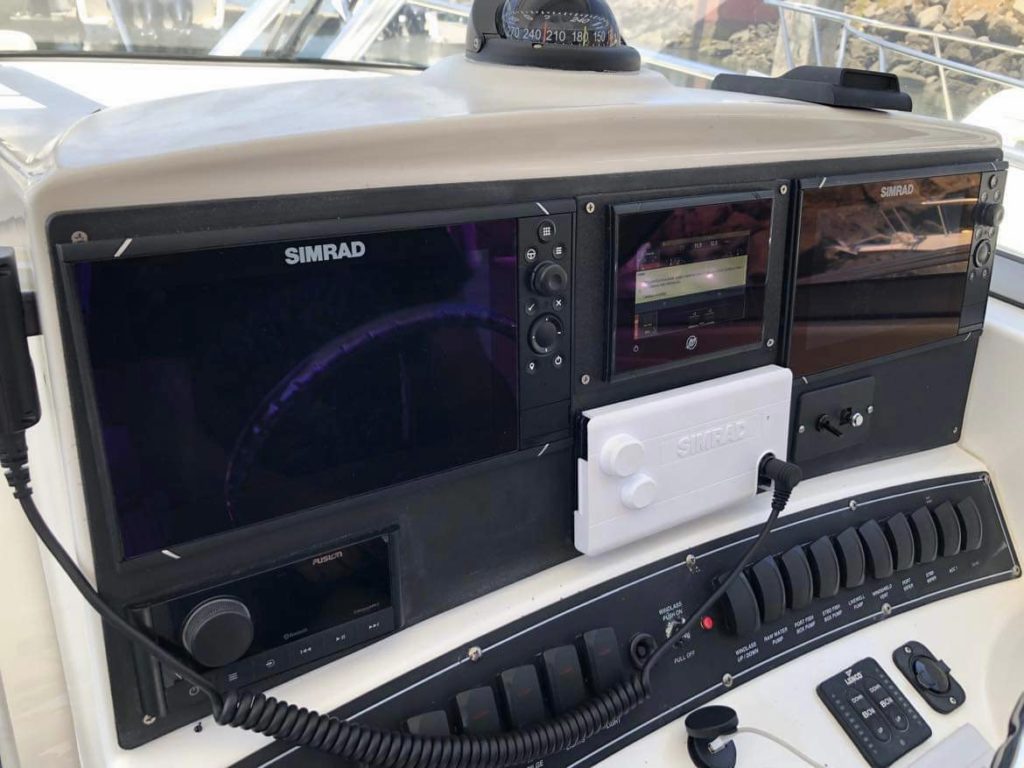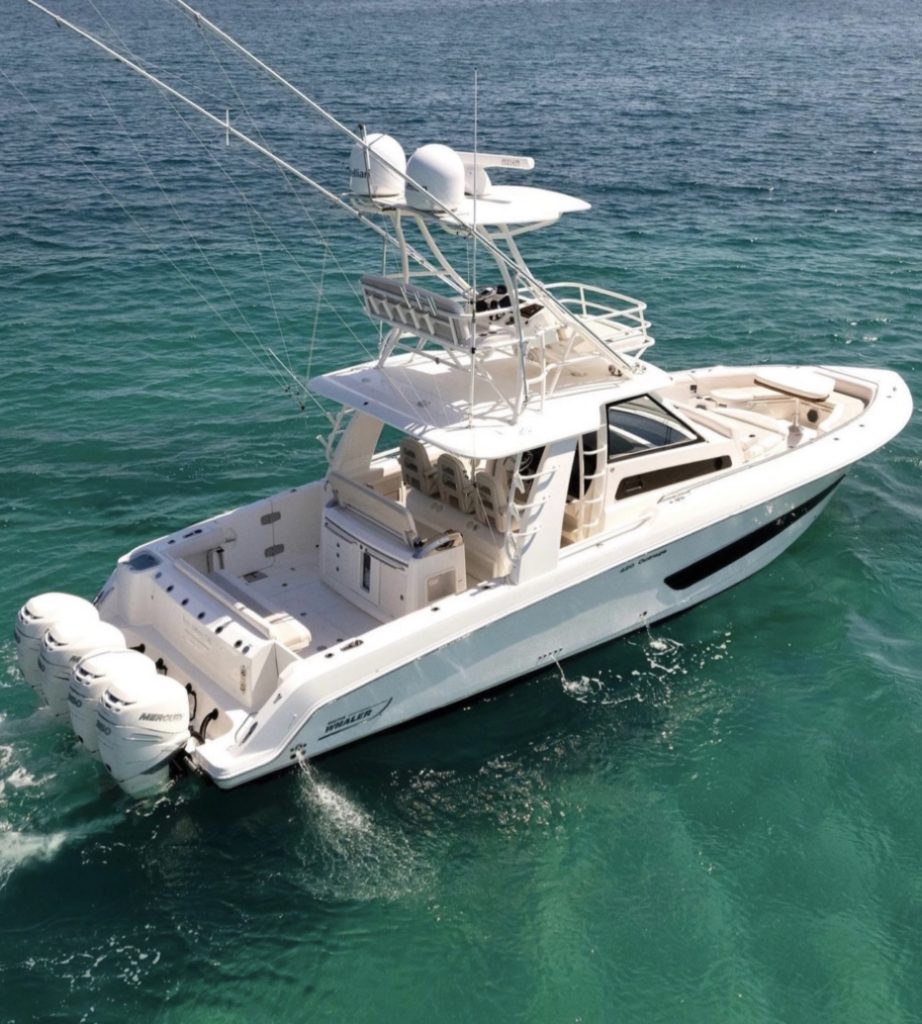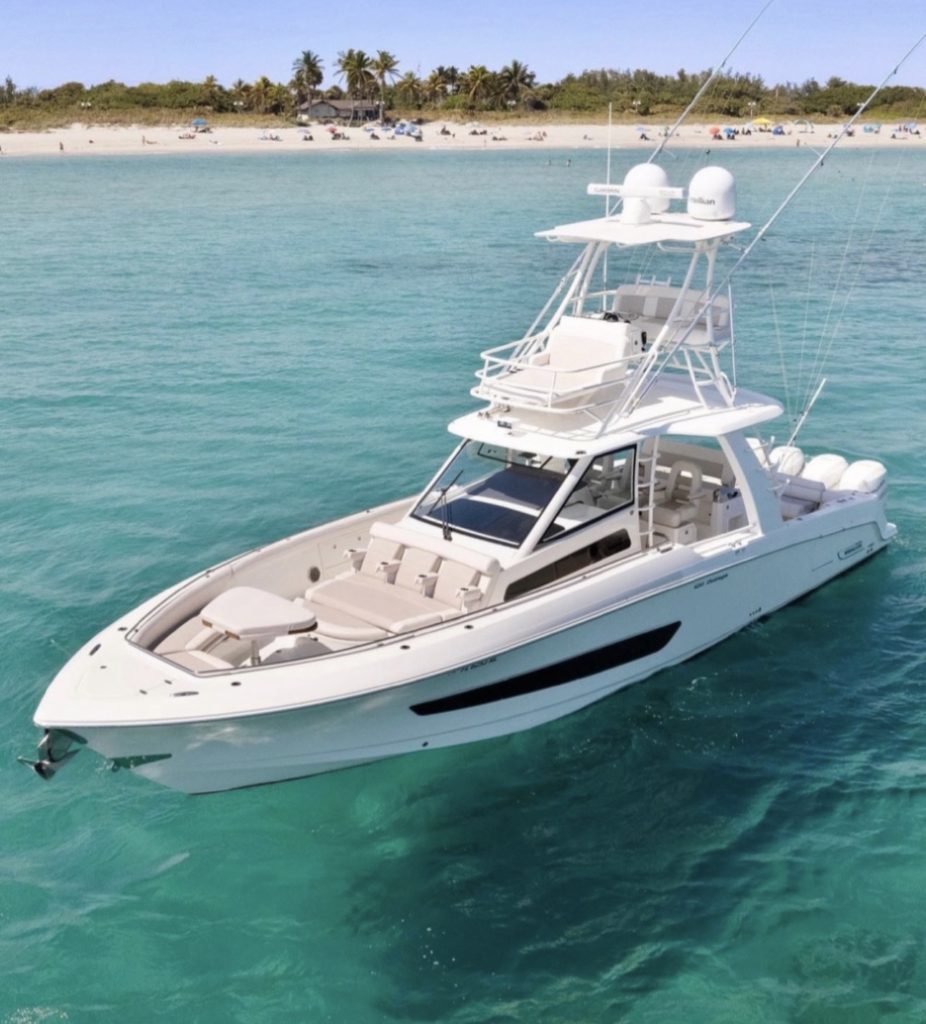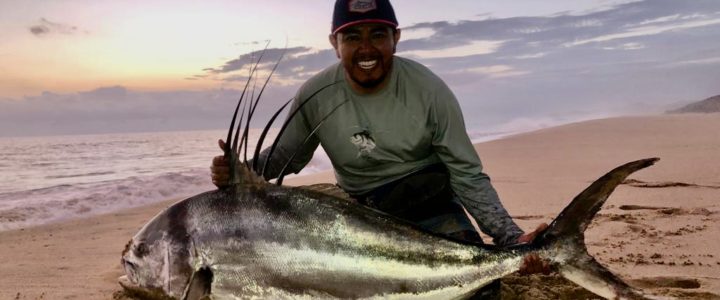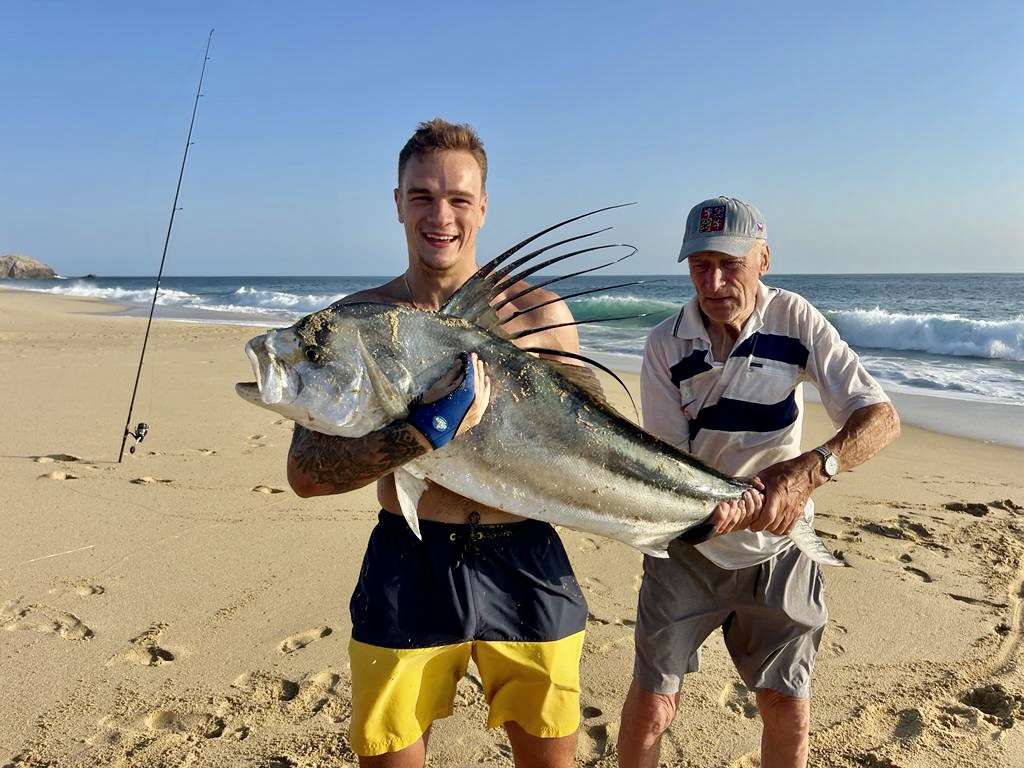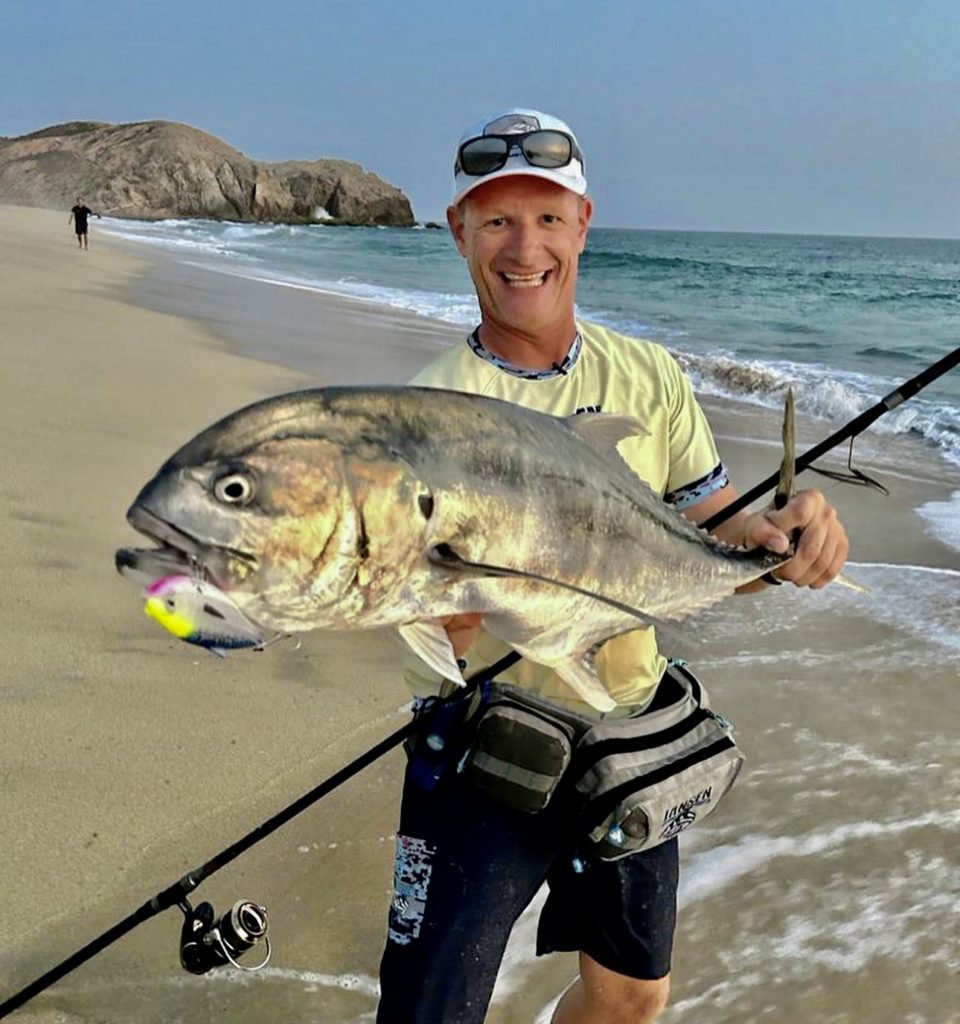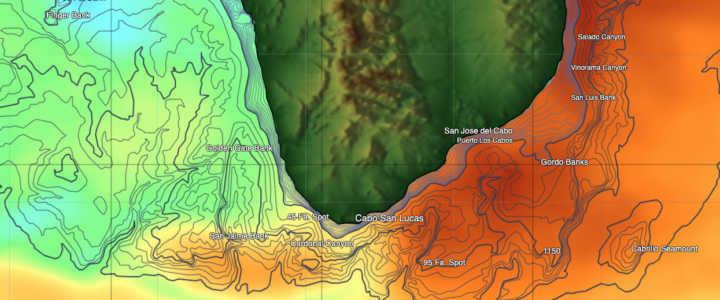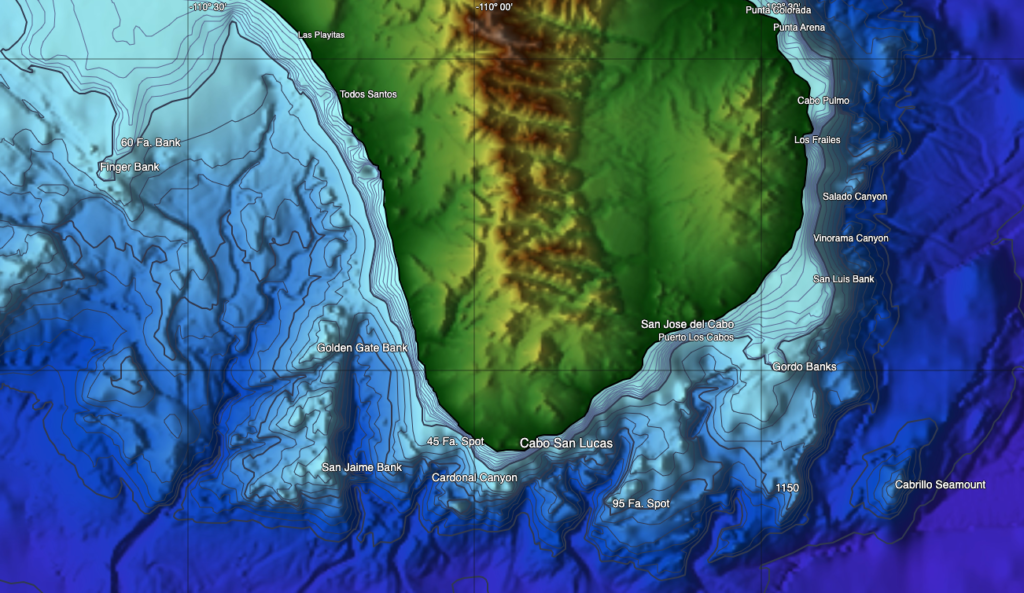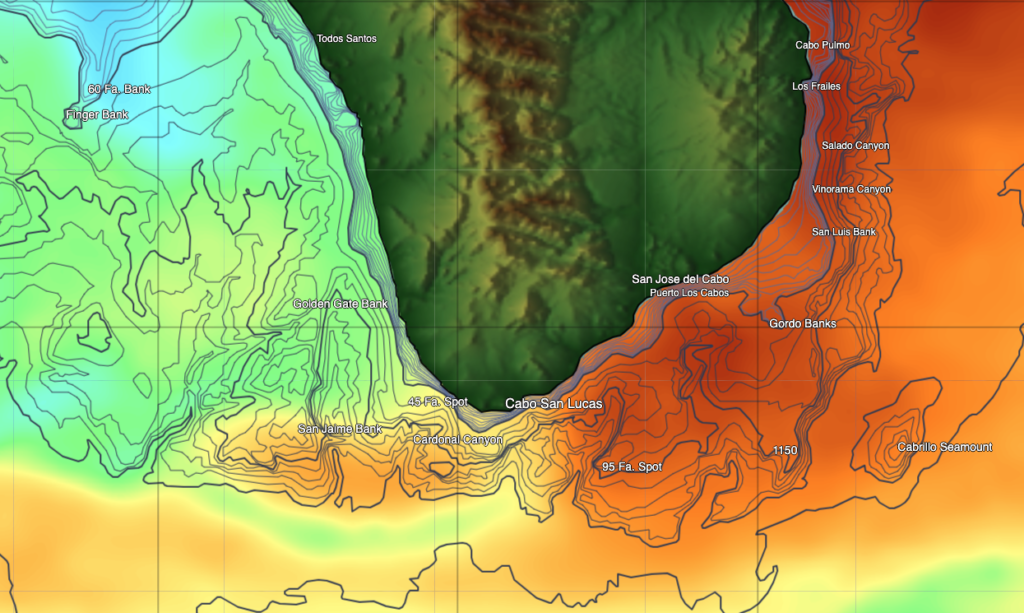Cabo San Lucas, nestled at the edge of Mexico’s Baja Peninsula, is the ultimate dream spot for fishing enthusiasts from all corners of the globe. Its sparkling blue waters, contrasting with the jagged cliffs, make Cabo more than just a visual treat—it’s a symphony of nature’s best elements. Where the mighty Pacific kisses the Sea of Cortez, an underwater world thrives, inviting all to partake in the diverse sports fishing escapades that await.
In this blog, we’ll navigate through the different types of sports fishing available in Cabo San Lucas, and what makes each of them unique.
1. Deep Sea Fishing: Pursuing the Giants
Deep-sea fishing is a major draw for those visiting Cabo. The vast open ocean provides an opportunity to catch the giants of the sea.
Targets: Marlin (Blue, Black, and Striped), Sailfish, Tuna (Yellowfin and Bigeye), and Dorado (Mahi Mahi).
Experience: Deep-sea fishing is all about patience and excitement. The exhilarating feeling of having a marlin on the line, tugging and fighting, is incomparable.
2. Inshore Fishing: Coastal Delights
Not all of Cabo’s fishing adventures happen in the deep blue. The coastal waters teem with life, offering a very different fishing experience.
Targets: Roosterfish, Sierra Mackerel, Jack Crevalle, and Snook.
Experience: Fishing closer to shore means a calmer experience. You can expect frequent catches and a variety of species, making it perfect for families and novices.
3. Fly Fishing: The Dance of Precision
Fly fishing in the salt waters of Cabo is an art. While it’s not the first thing that comes to mind when one thinks of Cabo, it’s a growing sport in the region.
Targets: Roosterfish, Jacks, and even some varieties of Tuna.
Experience: It requires precision and patience, making it ideal for those looking for a challenge and the opportunity to connect deeply with the sport.
4. Kayak Fishing: Up Close and Personal
Kayak fishing combines the thrill of fishing with the joy of paddling in the midst of nature. Cabo’s calm bays and coves offer a serene backdrop.
Targets: Yellowtail, Grouper, and Snapper.
Experience: Being on a kayak means you’re closer to the water, giving a more intimate fishing experience. It’s also environmentally friendly, allowing for a peaceful connection with nature.
5. Night Fishing: Discover the Nocturnal World
When the sun sets, a whole new set of marine creatures come out to play. Night fishing in Cabo is a surreal experience.
Targets: Squid, Snapper, and Sharks.
Experience: Fishing under the starlit sky, with the sound of waves around, provides a meditative environment. It’s a unique way to see the ocean come alive at night.
6. Bottom Fishing: Depths of Surprise
While much of the spotlight is on the pelagic species of Cabo, the ocean floor is bustling with life, waiting to be explored.
Targets: Snapper, Grouper, and Amberjack.
Experience: Fishing at the bottom means focusing on the feel of the line, waiting for that tug signaling a catch. It’s less about the chase and more about the surprise.
7. Tournament Fishing: Test of Skill and Strategy
Cabo hosts several annual fishing tournaments, bringing together amateur and professional anglers from around the world.
Targets: Depending on the tournament, but Marlin and Tuna are popular targets.
Experience: The thrill of competition, camaraderie among participants, and the potential for big rewards make tournament fishing a unique experience.
8. Surf Fishing in Cabo San Lucas
Surf fishing in Cabo San Lucas offers a unique blend of excitement and serenity. Nestled along the sun-kissed beaches, anglers cast their lines amidst the rhythmic dance of the Pacific waves, hoping to snag the likes of feisty Roosterfish or swift Sierra Mackerel. With the majestic backdrop of Cabo’s rugged cliffs and azure waters, surf fishing allows one to experience the natural beauty of the Baja Peninsula while enjoying the thrill of the catch, all without ever leaving the shore.
Environmental Responsibility
It’s important to emphasize that with such a rich fishing culture comes the responsibility of maintaining sustainable practices. Catch and release, especially for billfish, is promoted in Cabo to ensure the conservation of marine life. Always remember to respect the ocean and its inhabitants.
Conclusion
Cabo San Lucas is more than just a beautiful beach destination. It’s a playground for fishing enthusiasts, offering a myriad of ways to connect with the ocean. Whether you’re a seasoned angler or a newbie, there’s a fishing adventure waiting for you in Cabo.
From the thrill of chasing a Marlin in the deep blue to the meditative calm of night fishing, each type of sports fishing offers a unique experience. And while the adrenaline rush of the catch is unmatched, it’s essential to respect the marine ecosystem and engage in sustainable practices. After all, the true joy of fishing lies not just in the catch, but in the deep connection with nature and the stories that come alive with every cast.
Ready to embark on the ultimate fishing journey? Let Cabo be your next adventure. Whether you’re seeking the pulse-racing excitement of reeling in a big one or the tranquility of a silent night by the shore, Cabo San Lucas promises memories that’ll last a lifetime. Respect the ocean, cherish its gifts, and become a part of the grand tapestry of anglers who’ve found their paradise here. Don’t just dream about it—make it a reality. Book your Cabo fishing expedition now and be captivated by the magic of the sea! tagsportfishing@gmail.com

